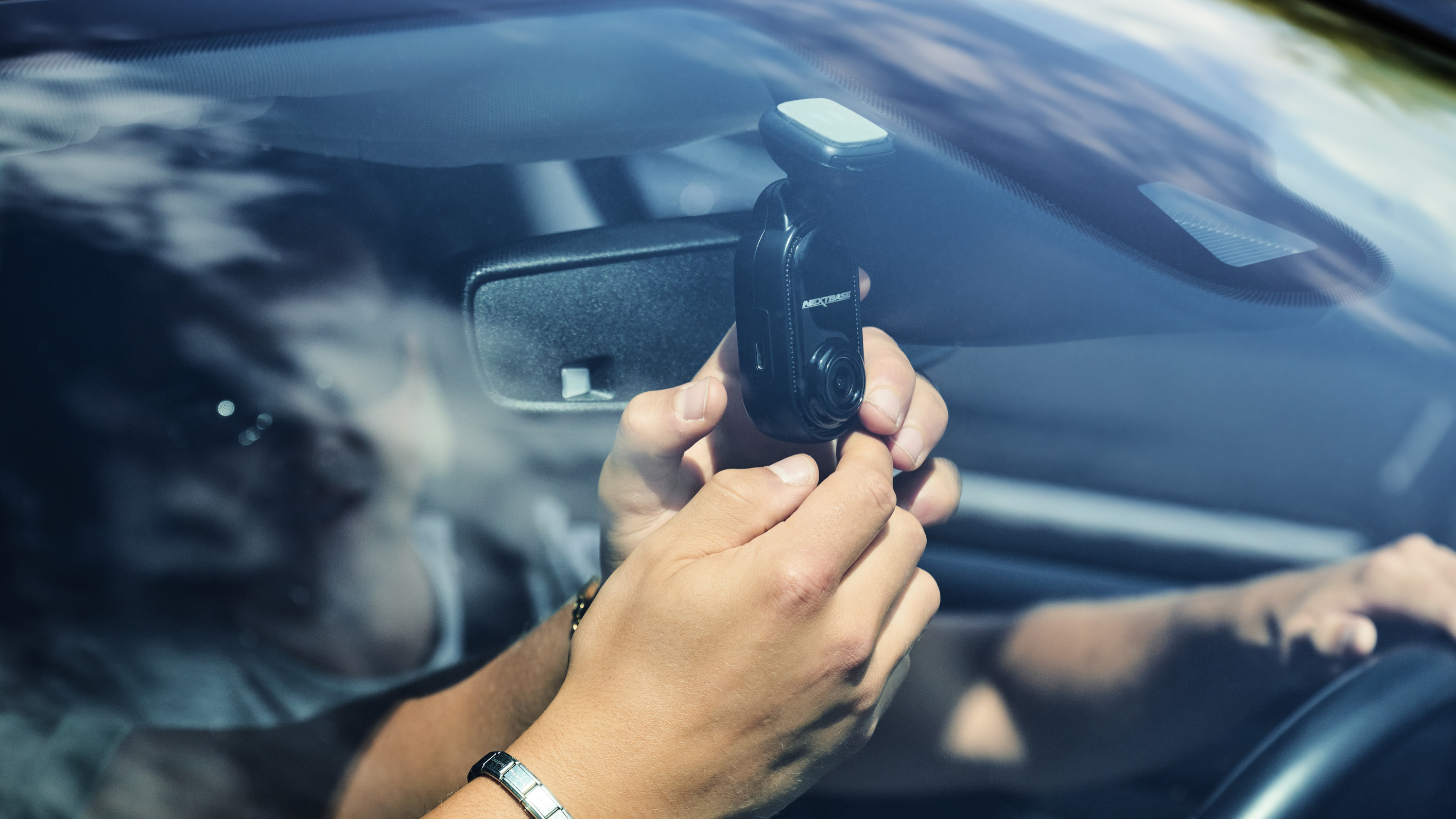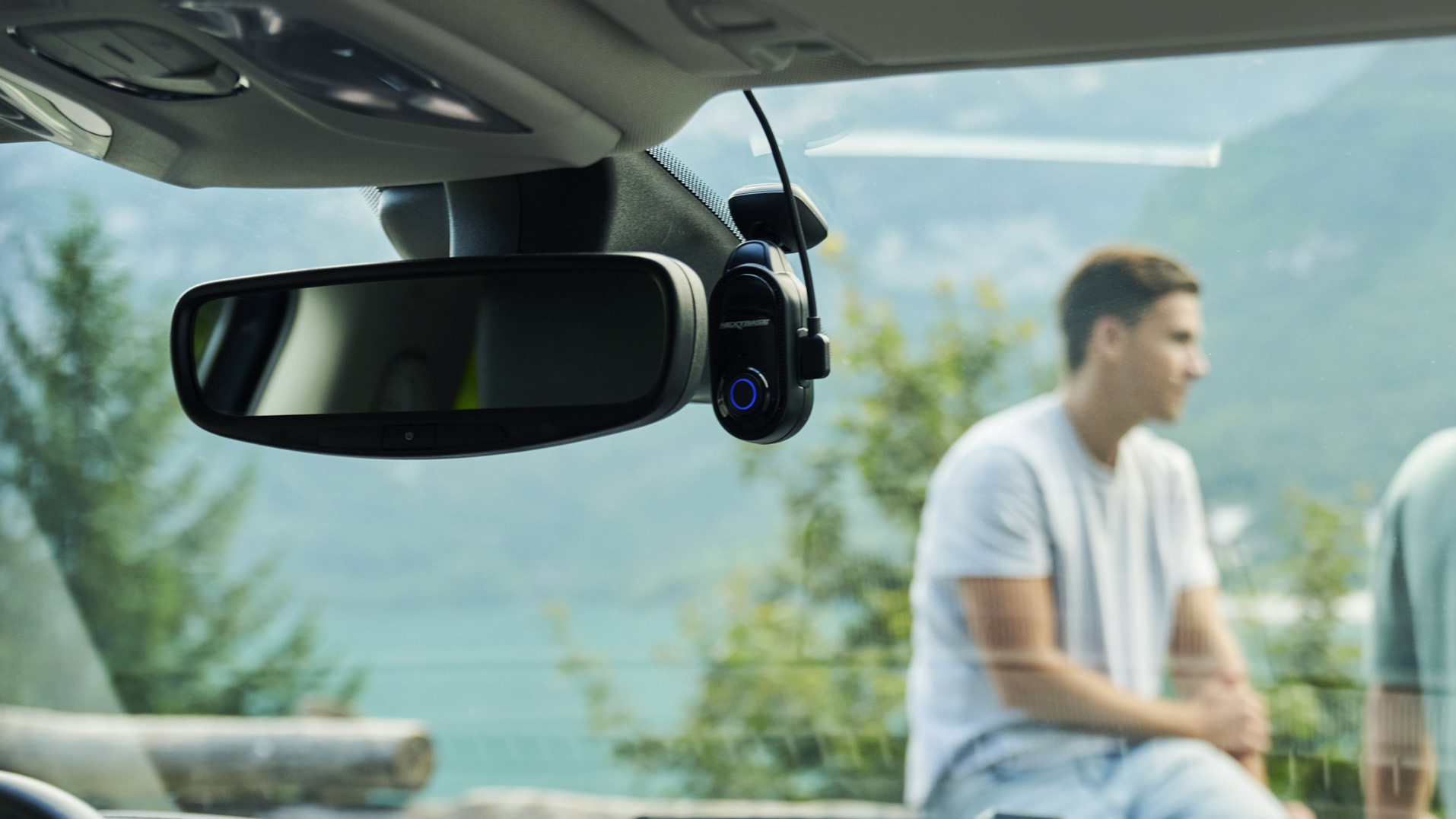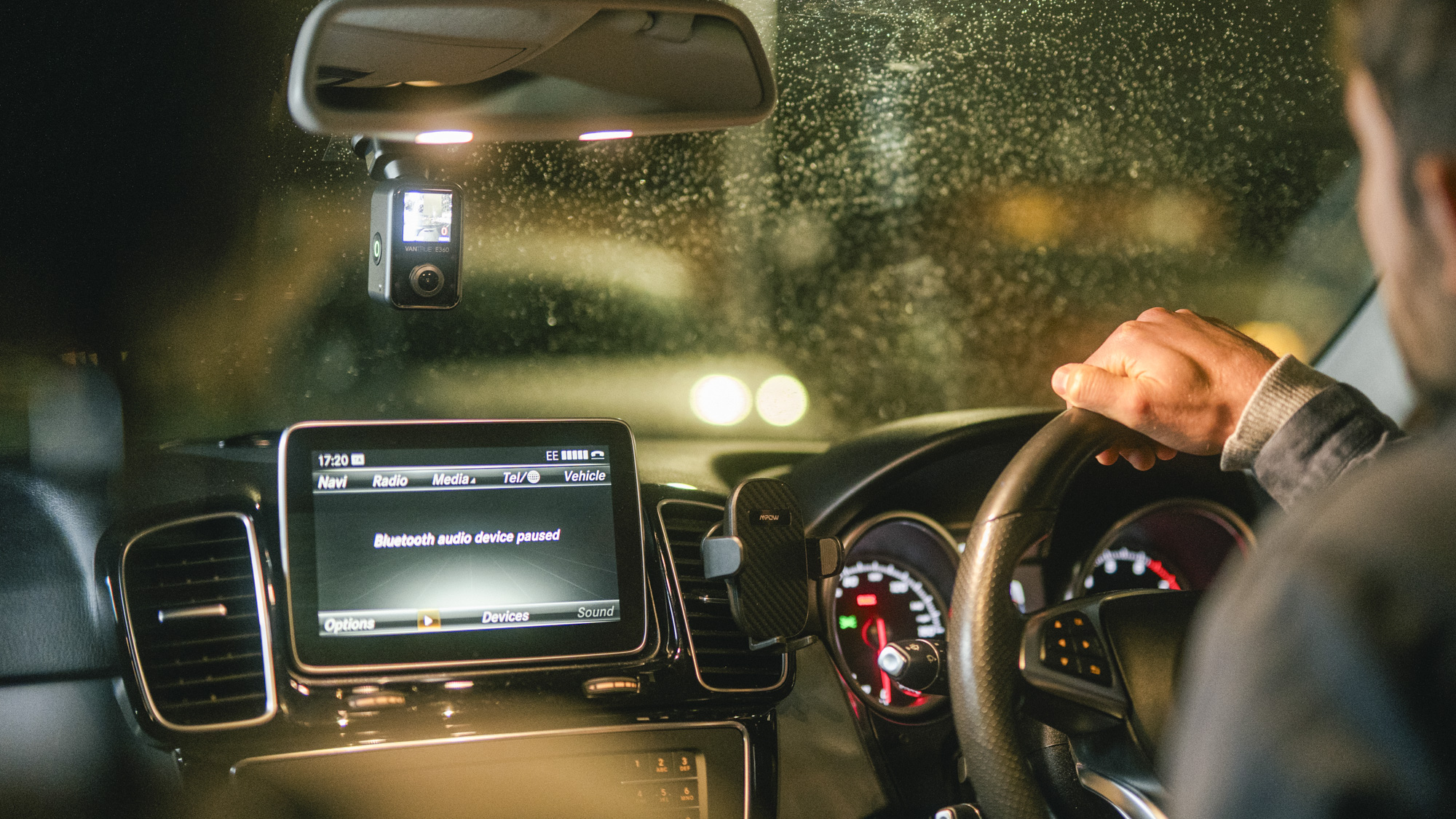Does a dash cam drain battery? Here’s what you need to know, according to experts

Buying one of the best dash cam models on the market is a very good idea if you’re looking to get a recorded view of your journeys. Better still, even affordable dash cam models offer the ability to monitor your vehicle when it’s parked up too.
It's great to know that your vehicle is protected with security video recording whether you're on the move or parked overnight. However, concerns about returning to it and finding the battery flat are less appealing.
It's a common fear for most folks who are buying a dash cam for the first time and one of the questions I get asked the most, "will using a dash cam drain my battery?"
The short answer, is that it all depends. Many models plug into a 12V power port inside the car. If you buy one like that and unplug it every time the car is parked up, then there is zero chance the battery can go flat – after all there’s no connection to the car’s own electrics.
However, this scenario isn’t going to suit everyone, especially if you’re a forgetful type who might not pull the plug, or if your dash cam is hardwired to your car's power source. So what can you do?
Consider the power source
It’s worth remembering early on that most dash cams will power down when a vehicle stops and the ignition is turned off. The not-being-absolutely-sure-about-that aspect of this situation is what fuelled my own initial fears of getting a flat battery.
What you need to know, is the type of power a dash cam needs to draw in order to keep functioning. Essentially, power for dash cams comes in one of three ways.
With a typical capacitor dash cam setup, power is fed to the unit from the car, so that when the ignition is turned off, the camera will not lose any recordings up to that point.
Sign up for breaking news, reviews, opinion, top tech deals, and more.
The second power source option can be from an internal battery inside the dash cam itself, which acts as a supplement for when it’s not plugged in.
The third option is to power the dash cam with an external battery, although the obvious issue with this option is that it’s just something else that needs charging. This is also a less straightforward method to power a dash cam than the first two options.
Using an external battery to power a dash cam is also different to hardwiring a unit into your car, which I’ll get to further down the page.

What amount of power are we talking?
Whichever route is taken when installing a dash cam, we’re not talking a lot of power. Even the most advanced dash cam models are designed to work on low amounts of voltage, which in turn is negligible when the dash cam is powered up in a vehicle with its engine running.
Even if you’ve got an electric vehicle, the principle is essentially the same because the mechanics of the car covers lots of components that also require power when the vehicle is being used. However, it is still possible to get caught out when a vehicle is stationary and powered off because in some cases a dash cam can keep drawing power from a 12V port – formerly known as the cigarette lighter port.
This might not be a lot, but it could be enough to drain your battery if the camera remains plugged in for a while. The health of the vehicle battery can be another contributing factor to this, although that is something that could cause an unwanted breakdown irrespective of having a dash cam fitted.
What about the hard wire route?
A hard wire installation is a slightly different option to going with the basic ‘plug-and-play' setup of installing a dash cam via a 12V socket. The vast majority of dash cam models can be hard wired into most vehicles, but they invariably need an additional wiring kit to get the job done. This isn’t a hugely complicated task, but it needs to be done correctly and with care.
That’s often why many people don’t bother and stick with the 12V socket option. However, hardwiring fitment can be carried out by all sorts of outlets and quick fit centres and the job shouldn't take too long or be too costly if letting someone else have the hassle seems like a better idea.
The obvious benefit of hardwiring a dash cam is that it’ll have an always on power source, with the added benefit of looking better as the cables can be tidied away out of sight.
The main issue, though, is that hardwiring means the dash cam is connected to a vehicles fuse box, and will therefore draw power even when the vehicle has been turned off.
The upside to hardwiring is that it unlocks lots of extra features on many dash cams. The most obvious and useful of these is 24/7 monitoring of your vehicle and, in some cases, the ability to enjoy live monitoring via an app on your phone. This can be super useful in less salubrious neighborhoods.

I don’t want a flat battery though
Who does? Thankfully, modern dash cams are increasingly sophisticated and nowadays it’s possible to enlist the help of a smart hardwiring kit. Using one of these when installing a dash cam permanently can ensure that your battery levels are monitored at all times and, should it be subjected to too much drain, the dash cam system will shut down automatically. In any case, most decent batteries will continue to supply power for between 24 and 48 hours depending on health.
This is a relatively low-cost route to take that, when bundled with a decent dash cam, can still keep things affordable but ensure that you’re not going to end up broken down or being faced with replacing a dead battery. Of course, the best way to ensure that everything is going to work in harmony with everything else is to consult a professional and get a certified mechanic or vehicle electrician to fit your dash cam.
I spoke with Bryn Brooker, Head of Road Safety at leading dash cam maker Nextbase, and he said:
“If a dash cam is deliberately connected to the car OBD connector or fuse box that’s active with the engine switched off and it is in use while in parking mode, this will be using the car battery.
“However, premium smart dash cams like the Nextbase iQ are fitted with a system that monitors your car’s battery voltage and will shut down the dash cam if it drops too low. The kit contains an inbuilt minimum voltage limiter which will protect the vehicle's battery from going flat.
“Drivers must always ensure they follow their dash cam provider’s set-up manual to guarantee maximum energy efficiency and monitor their car’s battery level for smooth and safe journeys on the roads.
“In all Nextbase products we include a battery level detection system which cuts power to the dash cam if it ever detects your car battery getting low. This ensures you can always start your car and the battery is not drained.”

Decide what you need first
One of the main aspects about buying the right dash cam for your needs is to consider what you’d like it to do. If you just want video recording as you drive, with footage that is acceptable to use in the event of an incident or accident, most plug-and-play models will be fine. Plugging in to the 12V power port is simple, but effective.
However, if you’re after convenience, additional features such as 24/7 parking monitoring and prefer much more piece of mind, the hard wire route using an intelligent hardwiring kit is the way to go. This option will invariably mean you’ll spend more, but the benefit of those extra features and functionality will outweigh the cost. As will not having to worry about the battery being drained.
You might also like

Rob Clymo has been a tech journalist for more years than he can actually remember, having started out in the wacky world of print magazines before discovering the power of the internet. Since he's been all-digital he has run the Innovation channel during a few years at Microsoft as well as turning out regular news, reviews, features and other content for the likes of TechRadar, TechRadar Pro, Tom's Guide, Fit&Well, Gizmodo, Shortlist, Automotive Interiors World, Automotive Testing Technology International, Future of Transportation and Electric & Hybrid Vehicle Technology International. In the rare moments he's not working he's usually out and about on one of numerous e-bikes in his collection.
You must confirm your public display name before commenting
Please logout and then login again, you will then be prompted to enter your display name.